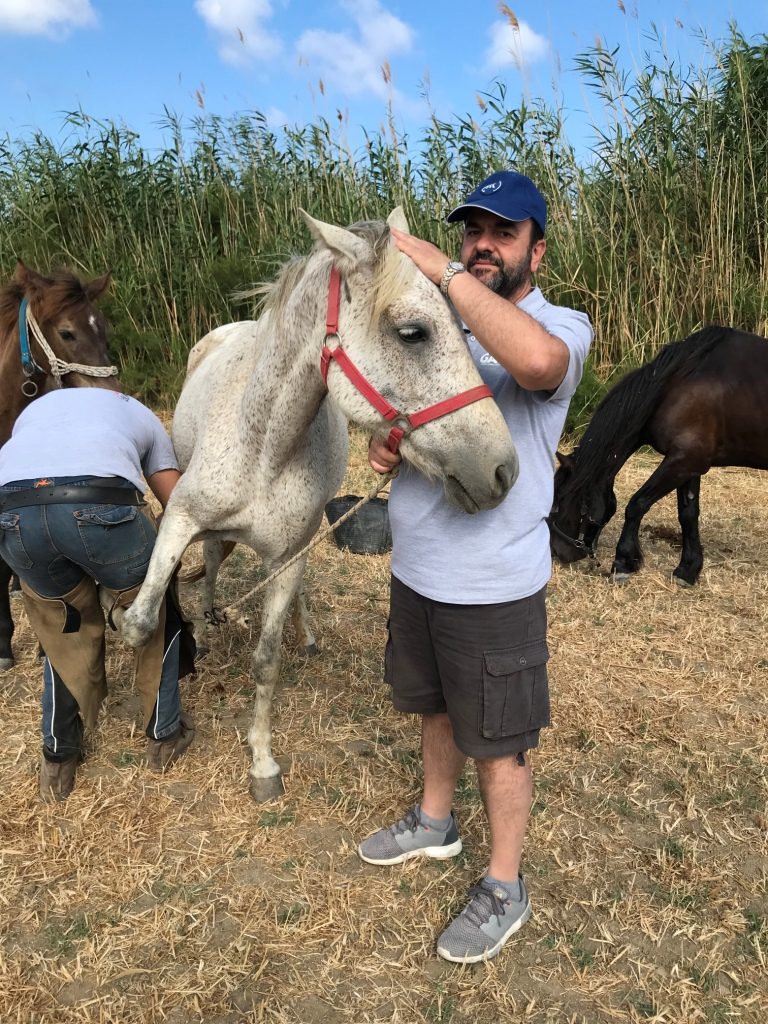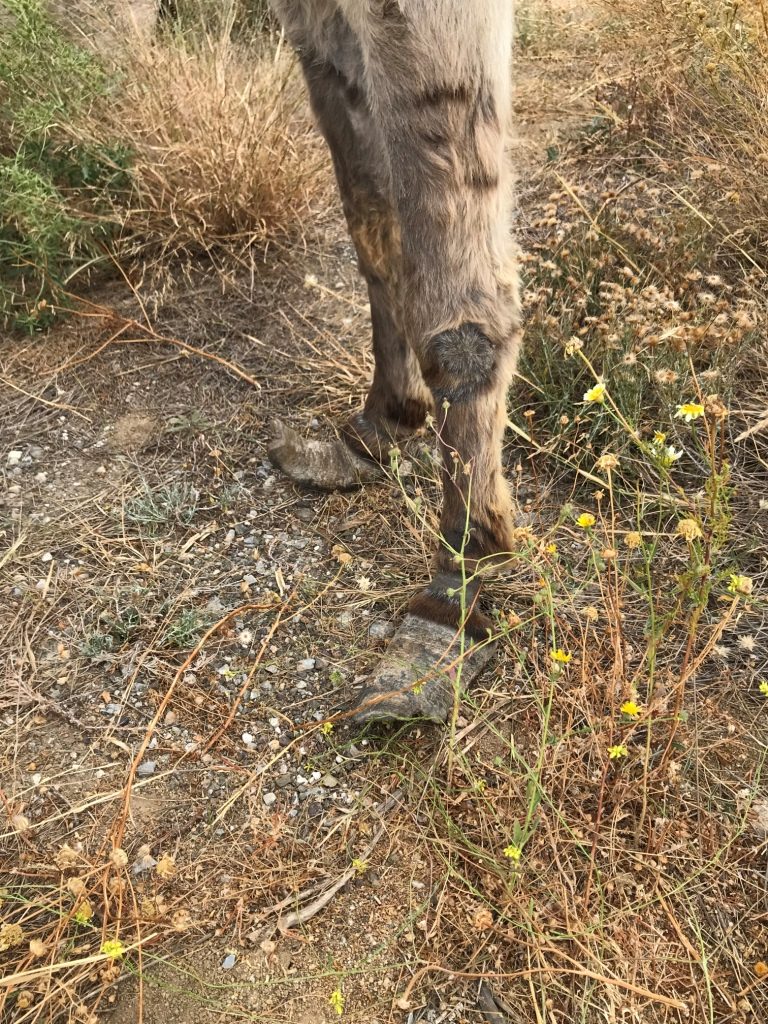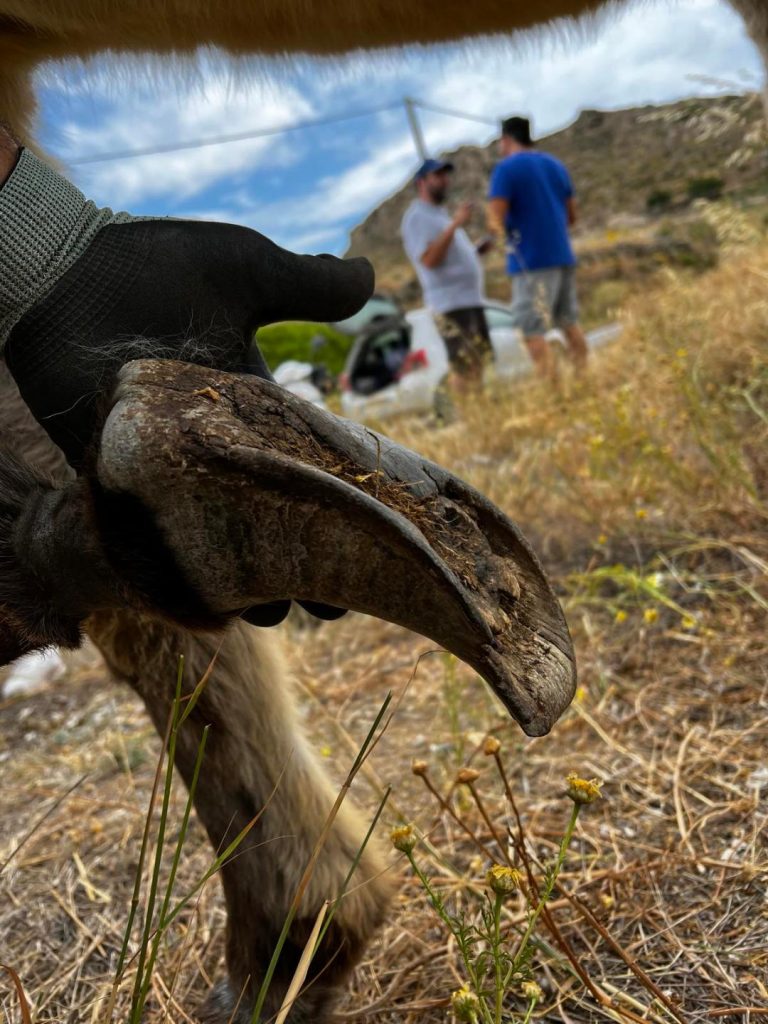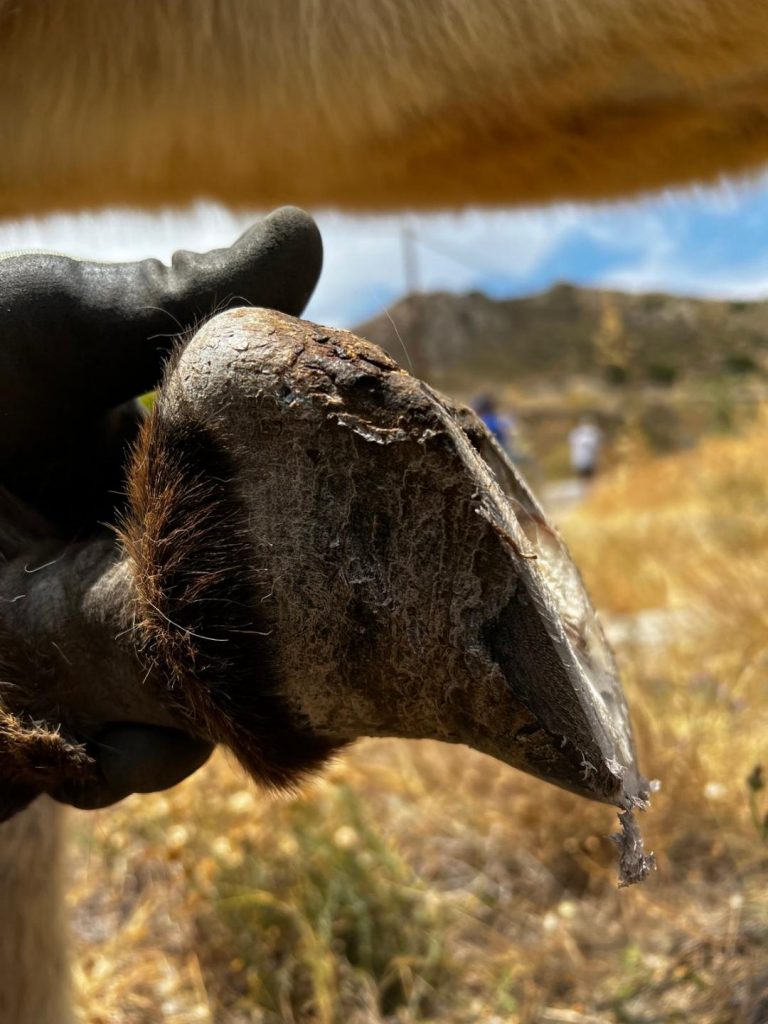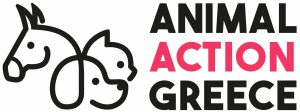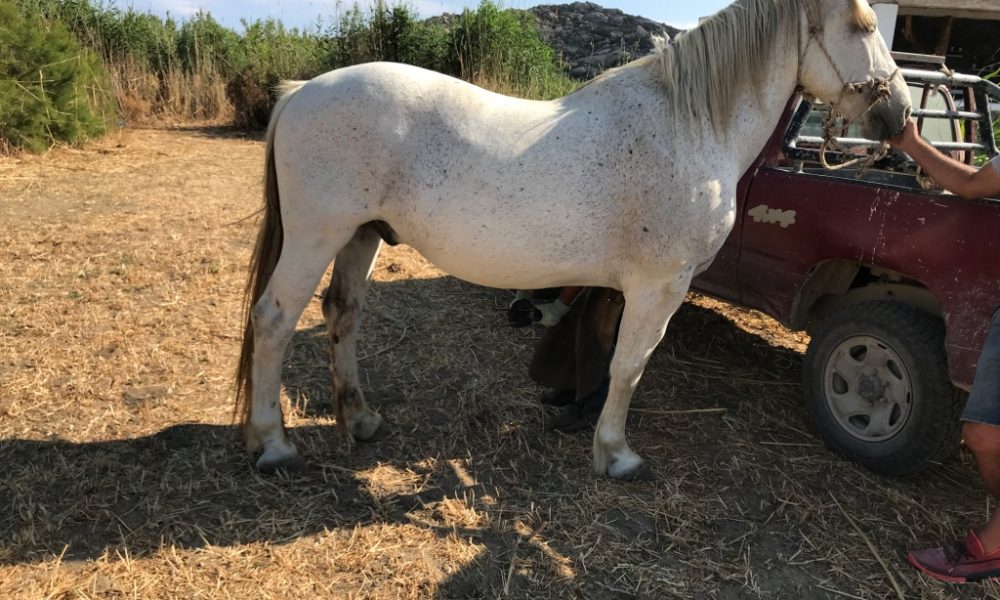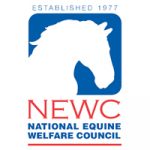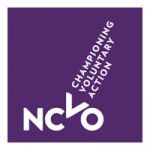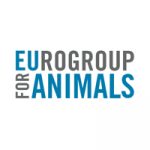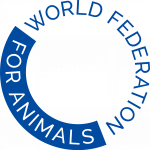On 12th June, the Equine Outreach team visited Naxos, an island that we had visited many times in the past, but haven’t been able to visit for several years now, due to difficulties in coordinating the local owners. Naxos is the biggest and most fertile island in the group of Cyclades, located right in the centre of it. When our Equine Programme visited annually more than a decade ago, working equines were used excessively in agriculture and transport. The numbers have reduced since then, but there are still donkeys, mules and horses living and being worked around the mountains, valleys or beaches of the island.
During our short visit we offered our services to 11 animals – 8 horses and 3 donkeys. Two of the horses had severe chronic tendonitis, which had not been diagnosed in time, they had their hooves properly trimmed and their owners were given instructions for appropriate treatment, with a cautious prognosis however. One pony had several problems with its teeth, with the most serious being two oversized molars, which prevented horizontal chewing and only allowed up and down jaw movement, while gathered food impacted between the teeth and cheeks. It took a lot of specialist work from Alkis, the team’s dental technician, in order to help her chew normally again, while she will need dental monitoring and treatment in next visits. All three donkeys we saw suffered from chronic laminitis due to imbalanced diet very rich in carbohydrates and lack of farriery care. These animals had overgrown hooves, which were trimmed with difficulty due to their size and shape, and of course specific instructions were given to their owners for the proper management of their animals, as well as analgesic treatment. We would like to thank Matthaios Kioulafis, who offered accommodation, food and local transportation to our team during their trip!
